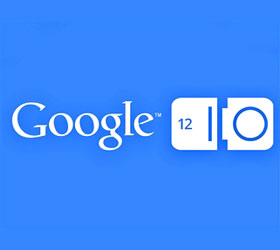MPEG (Moving Picture Experts Group) has been working on a new video format that supersedes H.264 / AVC (Advanced Video Coding) and allows for twice the efficiency.
This new HEVC (High Efficiency Video Coding) format (or H.265 if that’s what you prefer) in computationally a lot more intense than the already computationally-intense H.264 but the end result is it can squeeze the same quality in half the size.
The streaming requirements for HD video are already quite intense, and as the resolution of future televisions goes beyond HD to 2k, 4k resolutions and beyond, more efficient video encoding standard will be needed in order to meet the needs of tomorrow. HEVC can currently go as far as 4320p (or 7680 × 4320). The trend is also towards 3D movies, which require twice as much storage due to the need for separate pictures for the left and right eyes.
On the other side of the spectrum we have mobile video streaming. With a more efficient video format you could save half the bandwidth for the same video recording—or if you want to have it that way, you could double the quality with the same bandwidth.
A draft for this standard has now been released. Being standard means that open source implementations are possible. For example x264 is an open source H.264 encoder. However since H.264 is highly patented a license is still needed for those using it for encoding videos in large quantities.
Just like H.264, HEVC will likely be heavily patented, which gives it the same negative characteristics as H.264, and makes it a poor candidate for HTML5 video. However since WebM barely matches up to H.264, and now a much better format is around the corner WebM will have to get a lot more competitive.
According to Ericsson’s Fröjdh, we could see support for HEVC in commercial products as early as 2013:
“MPEG has a big impact on the industry and on consumer electronics. On the video side, almost all digital terrestrial, satellite and cable TV services rely on video codecs standardized by MPEG. When you buy a DVD or Blu-ray Disc, the compression format also uses MPEG standards.
“It’s therefore important for Ericsson to be involved with MPEG, as we’re very strong in mobile broadband. Anything to do with video compression over mobile broadband is a key concern to Ericsson, so we need to be on top of this technology evolution.
“We’re also one of the main contributors to these standards. That means we can drive our technology and leadership into these standards and have patents that protect our inventions that go into these standards, which are then implemented into millions of devices.
“It will take time before it’s launched for a TV service, but adoption is much quicker in the mobile area, and we’ll probably see the first services for mobile use cases next year’”



